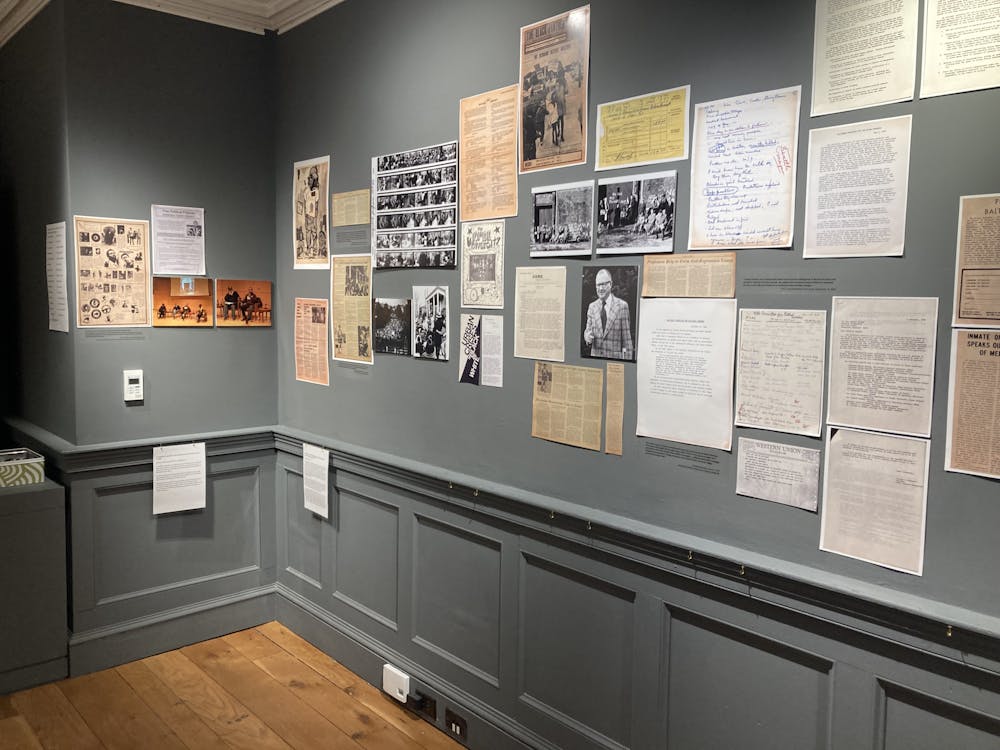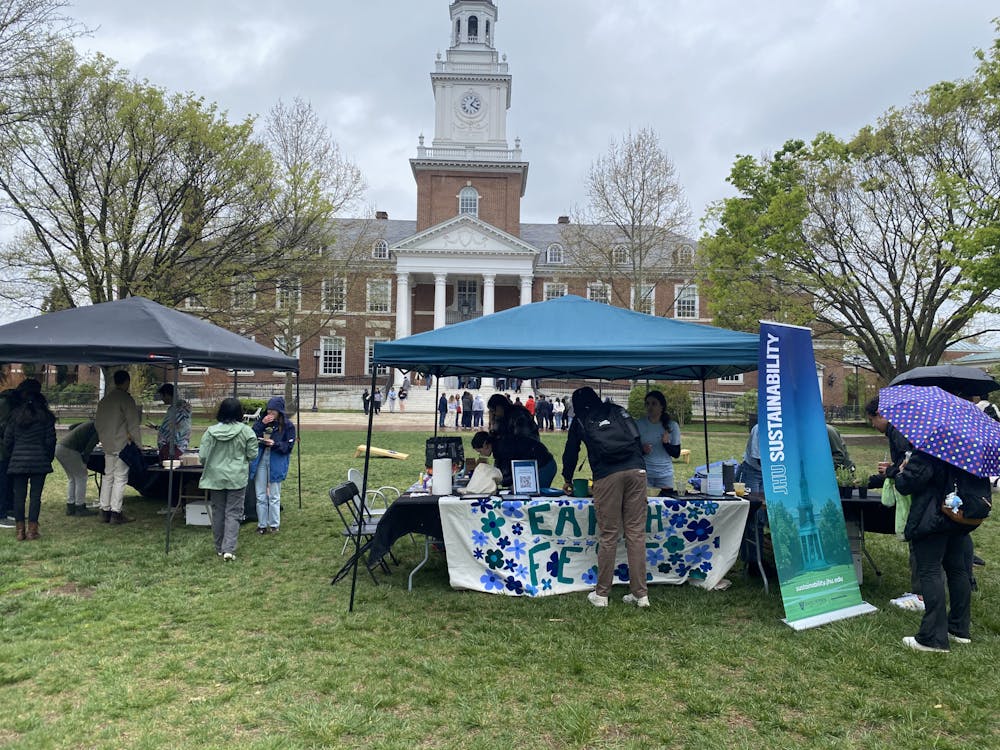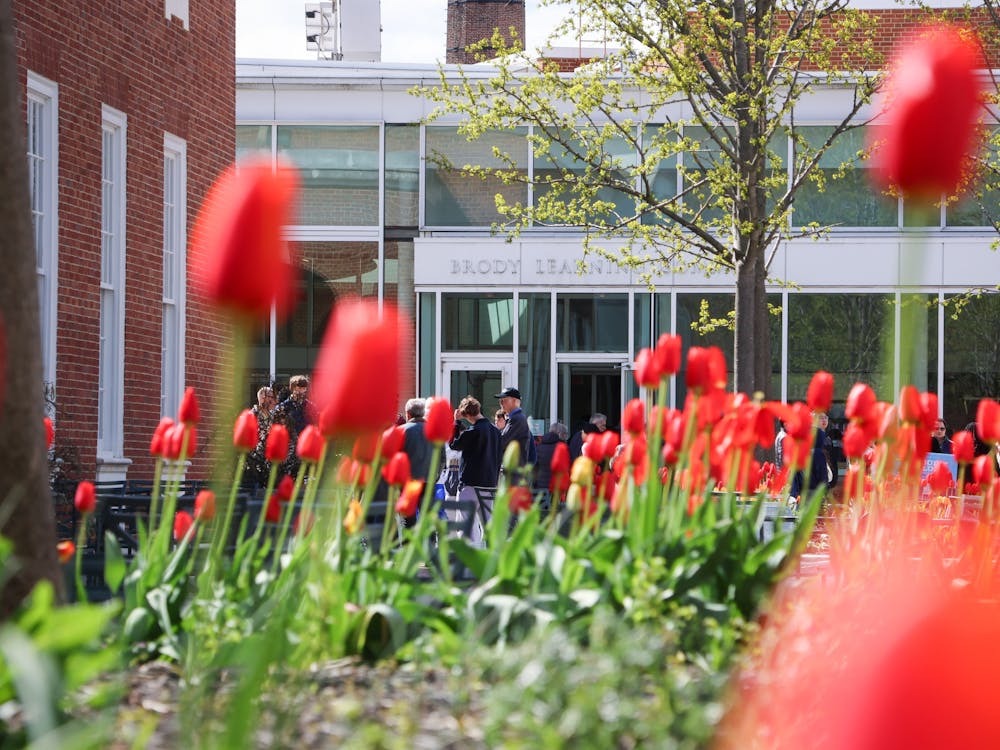In May of last year, Hopkins announced its largest ever joint fundraising campaign: “Rising to the Challenge: The Campaign for Johns Hopkins.”
As the spring semester of 2013 rolled around, the Hopkins community was still talking about the $350 million donation from Mayor of New York City Michael Bloomberg, a member of the class of 1964. The donation not only made Bloomberg the most generous living donor to any education institution in the United States but helped the “quiet phase” of the campaign raise $1.94 billion or 43% of the total goal of $4.5 billion.
The campaign’s overall goal allocates $2.4 billion for Johns Hopkins Medicine, which includes the Johns Hopkins Health System and its six hospitals plus the University’s School of Medicine. The rest of the University will receive the remainder of $2.1 billion.
The “quiet phase” began in Jan. of 2010 and aims to complete its goal by 2017. The joint fundraising effort by the University and health system plans to raise $4.5 billion in order to create 300 endowed professorships and generate $753 million (17% of the goal) for financial aid and fellowships.
According to the “Rise to the Challenge” website, there are three main goals of the capital campaign. They are to advance discovery and creativity, enrich the student experience and solve global problems.
Funds will be invested to maintain Hopkins’ commitment to setting the standards of higher education and to advance the core academic mission of the university.
The increase in funds will benefit everyone in the Hopkins community, but most especially students. Financial aid will be dramatically strengthened in the form of scholarships and stipends, enabling more students with different socioeconomic backgrounds to study at Hopkins. In addition to an increase in financial aid, there will also be more money invested into new collaborative workspaces. With the recent additions of Brody Learning Commons, a renovation of Mudd Hall and a new 105,000 square-foot facility for Undergraduate Teaching Laboratories, Hopkins is following through on those commitments.
The third goal of solving global problems represents much of what Hopkins stands for. With nine Hopkins schools and over 10 medical centers and institutes participating in this campaign, it makes sense that one of the main goals would be to boost interdisciplinary problem solving. Hopkins plans to launch new “signature initiatives” to fund a new Institute for the American City, a new Global Health Initiative, a new Science of Learning Institute, a new Johns Hopkins Individualized Health Initiative and a new Institute for Water.
The “signature initiatives” are a major attempt to enhance interdisciplinary research and problem solving, utilizing the variety of specialties within the Hopkins community.
The Institute for the American City will develop and test solutions to revitalize Baltimore and other U.S. cities through economic development and improving schools.
The Global Health Initiative will build a “pipeline of discovery” to advance lifesaving international efforts in the areas of noncommunicable diseases, injuries and infectious diseases.
The Science of Learning Institute will seek to understand how genetics, environment, brain chemistry and other factors foster or inhibit learning in order to help transform the American education system.
The Individualized Health Initiative will help doctors customize treatment for each patient by connecting and analyzing huge databases of clinical information, plus new data sources such as DNA sequences and high-tech images.
Finally, the Institute for Water will bring together a variety of experts to develop ways to protect our most precious natural resource by modernizing infrastructure, exploring water’s complex role in the environment and sharpening responses to natural disasters.
Capital campaigns have been very successful throughout university history. From July 1, 2000 to Dec. 31, 2008, the “Knowledge for the World” capital campaign raised $3.741 billion, after an initial goal of $2 billion. At the time, this was the second-largest completed campaign in U.S. history. The campaign created 92 professorships, generated 550 new scholarships and graduate fellowships and launched the Carey Business School and the Sidney Kimmel Comprehensive Cancer center. From 1992 to 2000, Hopkins also raised $1.52 billion in a campaign called the “Johns Hopkins Initiative.”















Please note All comments are eligible for publication in The News-Letter.